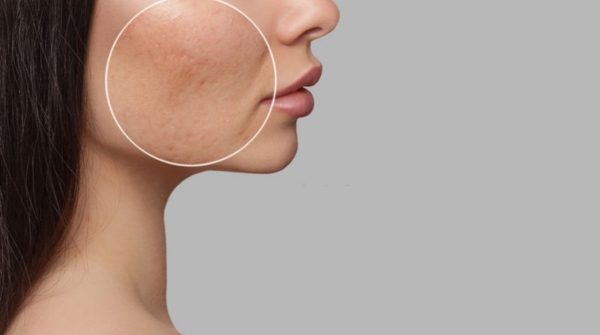

Depending on the type of scarring, it’s depth, it’s size, its location on the skin and the skin type being treated, there are a number of possible treatment combinations that can help:
How are scars formed?
When the skin is cut or broken, the body mobilises a wound repair process. The blood vessels constrict and clots form to minimise blood loss. A scab, or hardened crust, forms over the top of the wound. The scab acts like a natural covering to protect the area while the body continues the repair process. Tiny fibres of collagen fill in the hole and eventually reconnect the ends. By the time the scab naturally falls off, much of the initial repair has been finished. However, the area is far from healed. Depending upon the size, depth and location of the injury, it can take months to years for the skin to return to normal strength.
Scar formation is a natural part of the healing process. A scar forms from excess amounts of collagen in the wound as the body attempts a repair. Many scars eventually fade. But they tend not to go away completely. Generally, the larger the wound, the longer it takes to heal and the greater the chance of a visible scar.
How to treat scarring with Botulinum Toxin:
On average most scars take at least one year to fade. However, researchers have found a way to lessen their severity by injecting the drug, BOTOX® near the site of the wound. When a person experiences another kind of injury, like a broken bone, doctors place the area in a sling to immobilise the limb and allow the body to heal. BOTOX works in a similar fashion. When injected into muscles near the wound, the drug prevents the muscles from pulling on the wound site, allowing the area to heal without excessive disruption.
Studies have shown BOTOX is effective in reducing scar formation from facial wounds. Researchers still need to determine if the drug may be effective for other places on the body. The sooner after an injury the patient receives BOTOX, the better the results.
My expectation of the depigmentation of my scar has been exceeded! My six-month journey included a comprehensive skin treatment plan and an excellent product solution by the in-house doctor, which has transformed my skin completely (not only the scar area). The ladies at reception were warm and welcoming and so accommodating, which made me feel at ease every time I walked into the Fourways branch. A special acknowledgement goes to my therapist, Durea, who was always meticulous when working on my skin. Her attention to detail and gentle demeanour made my sometimes painful experience bearable. What a wonderful team you are, a real example of the phrase: ‘Teamwork makes the Dream work’. Thank you from the bottom of my heart!
MoreClaremont Skin Renewal is top class in every way. Being a complete newbie with no idea how to look after my skin and no idea where to even start- I received quick assistance to book a session with Dr Christie, who gave me fantastic guidance. She is so thorough and knowledgeable and helped me set up a skin care plan that I can adjust according to my budget. I have done a session with my therapist Jody, who treated me so gently and wonderfully it felt like I had taken a trip to a day spa! Online service is quick and efficient in answering any questions you might have so if you are unsure where to start- just start a live chat and take it from there! I honestly can't recommend this facility enough.
MoreBeing on screen and dealing with chicken pox spots on one's face, can definitely curb your confidence. With the help of these beautiful trained professionals, quality products and treatments - my face has its natural glow back in just a few months & spots have completely disappeared. Words can't explain, how I feel. Thank you
MoreRene quickly understood my needs as far as what I wanted to achieve following the skin treatments. Her insight is always specific, relevant to my circumstance. I find her highly professional. I would recommend her to anyone needing to improve their skin.
More